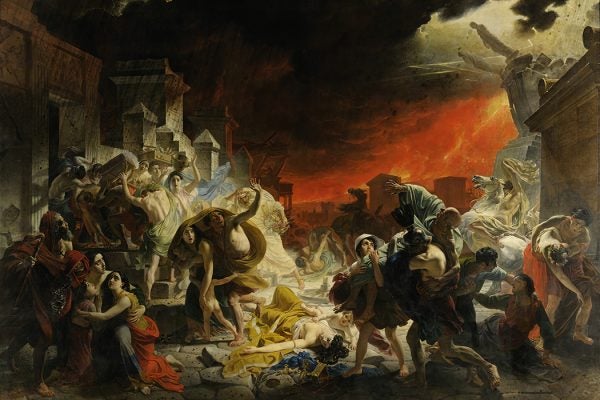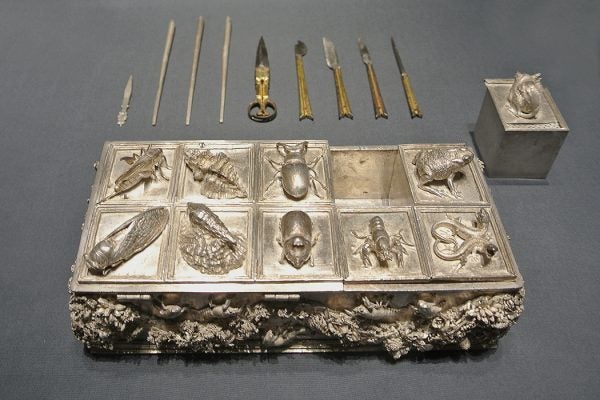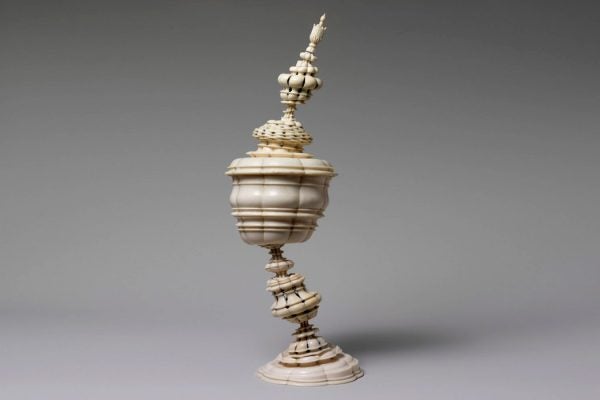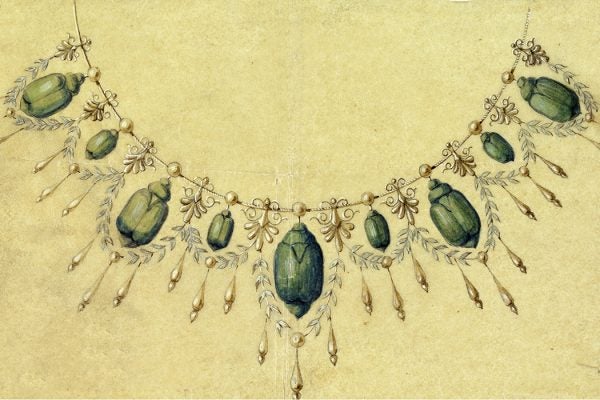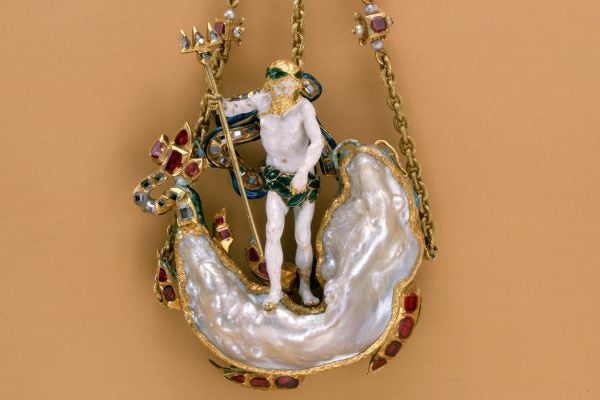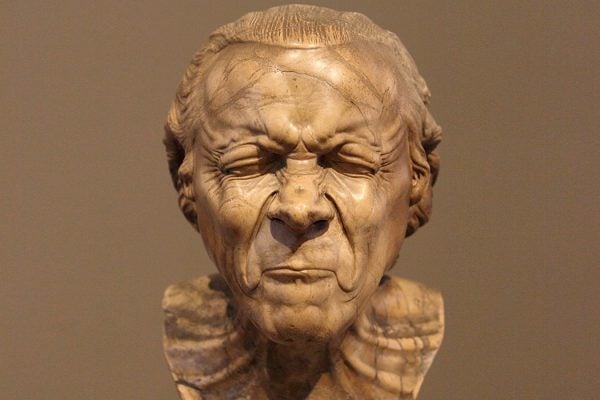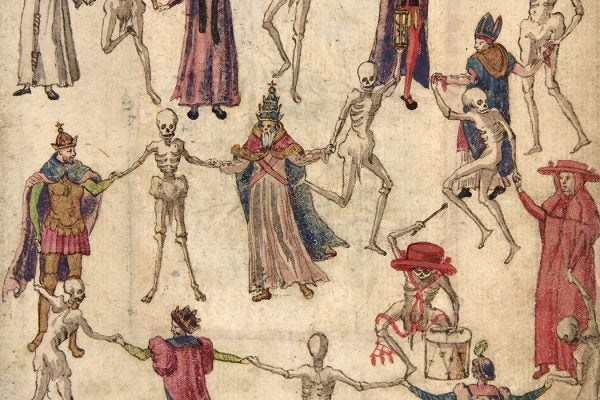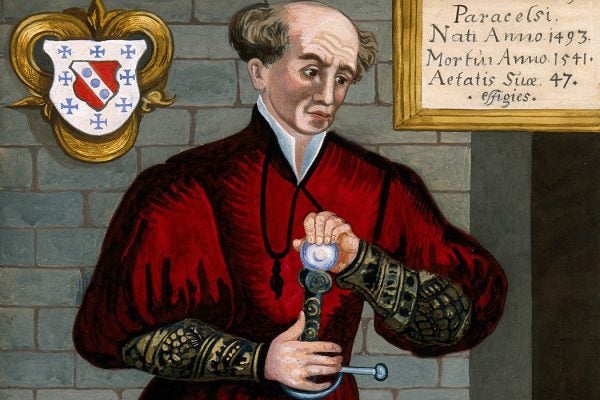Pompeii Mania in the Era of Romanticism
Nothing appealed more perfectly to the Romantic sensibility than the mix of horror and awe evoked by a volcano erupting.
How Renaissance Artisans Turned Live Animals into Silver
Lifecasting was the renaissance art of making sculptures using molds taken from real-life plants and animals.
These Bizarre Ivory Cups Were Carved by Princes
The royal houses of Europe felt that it would be good for their sons to learn a manual trade. Artisans taught nobles to carve ivory on a lathe.
Insect Jewelry of the Victorian Era
The wing-cases of gold-enameled weevils hung from necklaces; muslin gowns were embroidered with the iridescent green elytra of jewel beetles.
Why Ottoman Sultans Locked Away Their Brothers
Fratricide among rival princes was legal and widely practiced until 1603, so confinement to the palace was actually an improvement.
The Lumpy Pearls That Enchanted the Medicis
There’s a specific term for these irregular pearls: “baroque,” from the Portuguese barroco.
The Man Whose Face Got Stuck Like That
No one could have predicted Franz Xaver Messerschmidt’s turn to the bizarre.
A Roman Feast… of Death!
The banquet hall was painted black from ceiling to floor. By the pale flicker of grave lamps, the invited senators coud make out a row of tombstones.
Burn This Book!
Li Zhi’s exasperation with the corruption, greed, and superficiality of the powerbrokers in his society fueled his rebellious writing.
The Occult Remedy the Puritans Embraced
Why did the Puritans embrace a medical treatment that looked suspiciously like black magic?


